Mayank Nagda
Sparse Data Generation Using Diffusion Models
Feb 04, 2025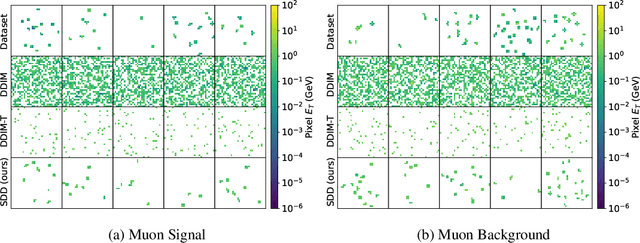
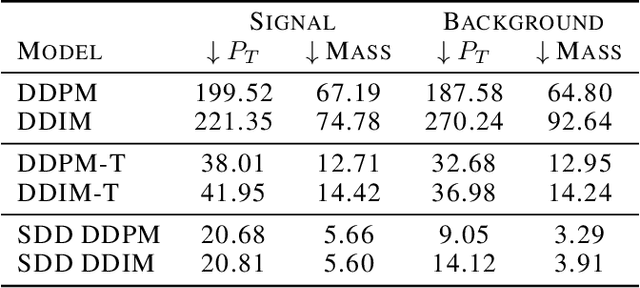


Abstract:Sparse data is ubiquitous, appearing in numerous domains, from economics and recommender systems to astronomy and biomedical sciences. However, efficiently and realistically generating sparse data remains a significant challenge. We introduce Sparse Data Diffusion (SDD), a novel method for generating sparse data. SDD extends continuous state-space diffusion models by explicitly modeling sparsity through the introduction of Sparsity Bits. Empirical validation on image data from various domains-including two scientific applications, physics and biology-demonstrates that SDD achieves high fidelity in representing data sparsity while preserving the quality of the generated data.
Tethering Broken Themes: Aligning Neural Topic Models with Labels and Authors
Oct 22, 2024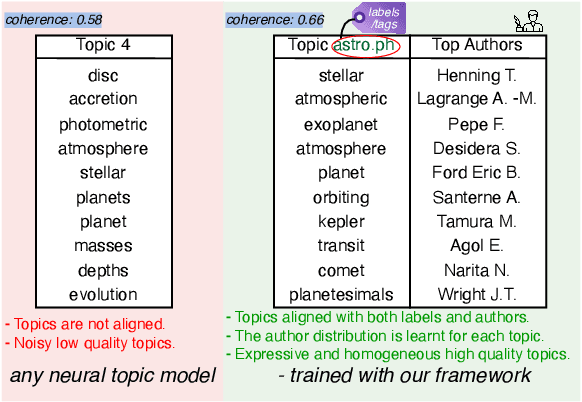
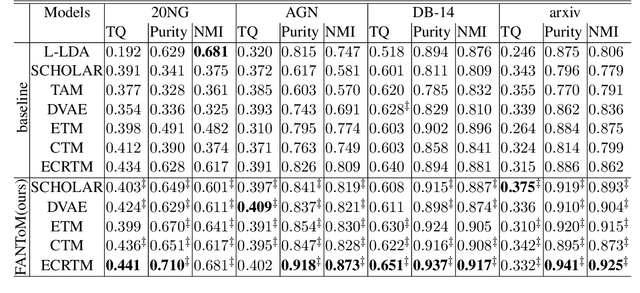
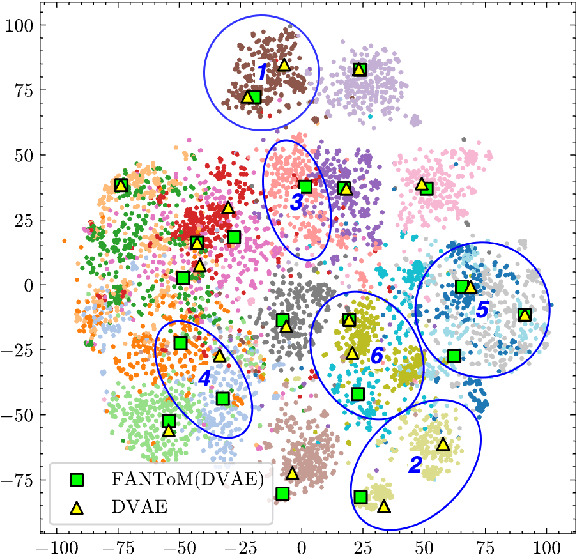
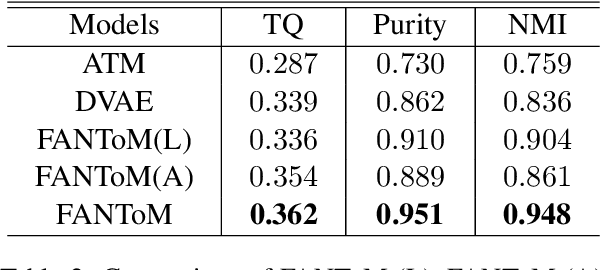
Abstract:Topic models are a popular approach for extracting semantic information from large document collections. However, recent studies suggest that the topics generated by these models often do not align well with human intentions. While metadata such as labels and authorship information is available, it has not yet been effectively incorporated into neural topic models. To address this gap, we introduce FANToM, a novel method for aligning neural topic models with both labels and authorship information. FANToM allows for the inclusion of this metadata when available, producing interpretable topics and author distributions for each topic. Our approach demonstrates greater expressiveness than conventional topic models by learning the alignment between labels, topics, and authors. Experimental results show that FANToM improves upon existing models in terms of both topic quality and alignment. Additionally, it identifies author interests and similarities.
SetPINNs: Set-based Physics-informed Neural Networks
Sep 30, 2024Abstract:Physics-Informed Neural Networks (PINNs) have emerged as a promising method for approximating solutions to partial differential equations (PDEs) using deep learning. However, PINNs, based on multilayer perceptrons (MLP), often employ point-wise predictions, overlooking the implicit dependencies within the physical system such as temporal or spatial dependencies. These dependencies can be captured using more complex network architectures, for example CNNs or Transformers. However, these architectures conventionally do not allow for incorporating physical constraints, as advancements in integrating such constraints within these frameworks are still lacking. Relying on point-wise predictions often results in trivial solutions. To address this limitation, we propose SetPINNs, a novel approach inspired by Finite Elements Methods from the field of Numerical Analysis. SetPINNs allow for incorporating the dependencies inherent in the physical system while at the same time allowing for incorporating the physical constraints. They accurately approximate PDE solutions of a region, thereby modeling the inherent dependencies between multiple neighboring points in that region. Our experiments show that SetPINNs demonstrate superior generalization performance and accuracy across diverse physical systems, showing that they mitigate failure modes and converge faster in comparison to existing approaches. Furthermore, we demonstrate the utility of SetPINNs on two real-world physical systems.
HANNA: Hard-constraint Neural Network for Consistent Activity Coefficient Prediction
Jul 25, 2024Abstract:We present the first hard-constraint neural network for predicting activity coefficients (HANNA), a thermodynamic mixture property that is the basis for many applications in science and engineering. Unlike traditional neural networks, which ignore physical laws and result in inconsistent predictions, our model is designed to strictly adhere to all thermodynamic consistency criteria. By leveraging deep-set neural networks, HANNA maintains symmetry under the permutation of the components. Furthermore, by hard-coding physical constraints in the network architecture, we ensure consistency with the Gibbs-Duhem equation and in modeling the pure components. The model was trained and evaluated on 317,421 data points for activity coefficients in binary mixtures from the Dortmund Data Bank, achieving significantly higher prediction accuracies than the current state-of-the-art model UNIFAC. Moreover, HANNA only requires the SMILES of the components as input, making it applicable to any binary mixture of interest. HANNA is fully open-source and available for free use.
Evaluating Dynamic Topic Models
Sep 12, 2023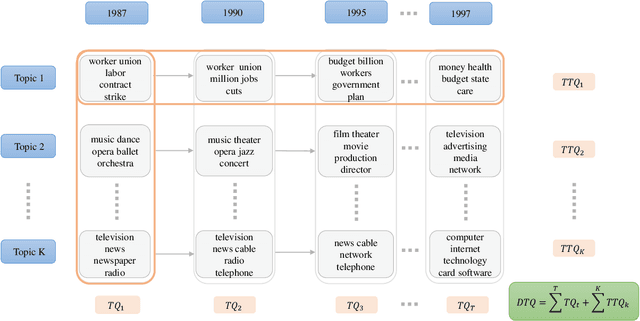

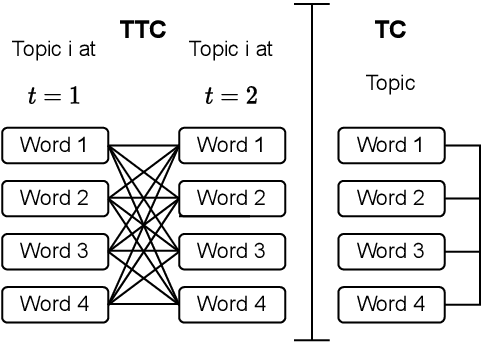

Abstract:There is a lack of quantitative measures to evaluate the progression of topics through time in dynamic topic models (DTMs). Filling this gap, we propose a novel evaluation measure for DTMs that analyzes the changes in the quality of each topic over time. Additionally, we propose an extension combining topic quality with the model's temporal consistency. We demonstrate the utility of the proposed measure by applying it to synthetic data and data from existing DTMs. We also conducted a human evaluation, which indicates that the proposed measure correlates well with human judgment. Our findings may help in identifying changing topics, evaluating different DTMs, and guiding future research in this area.
Text Style Transfer Evaluation Using Large Language Models
Aug 25, 2023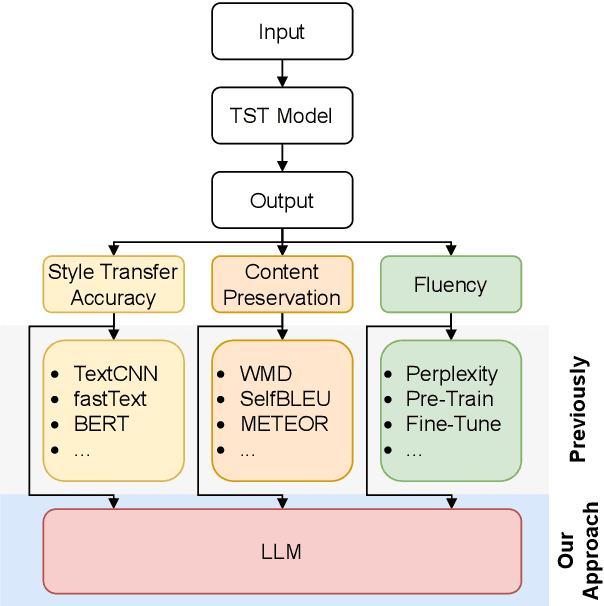
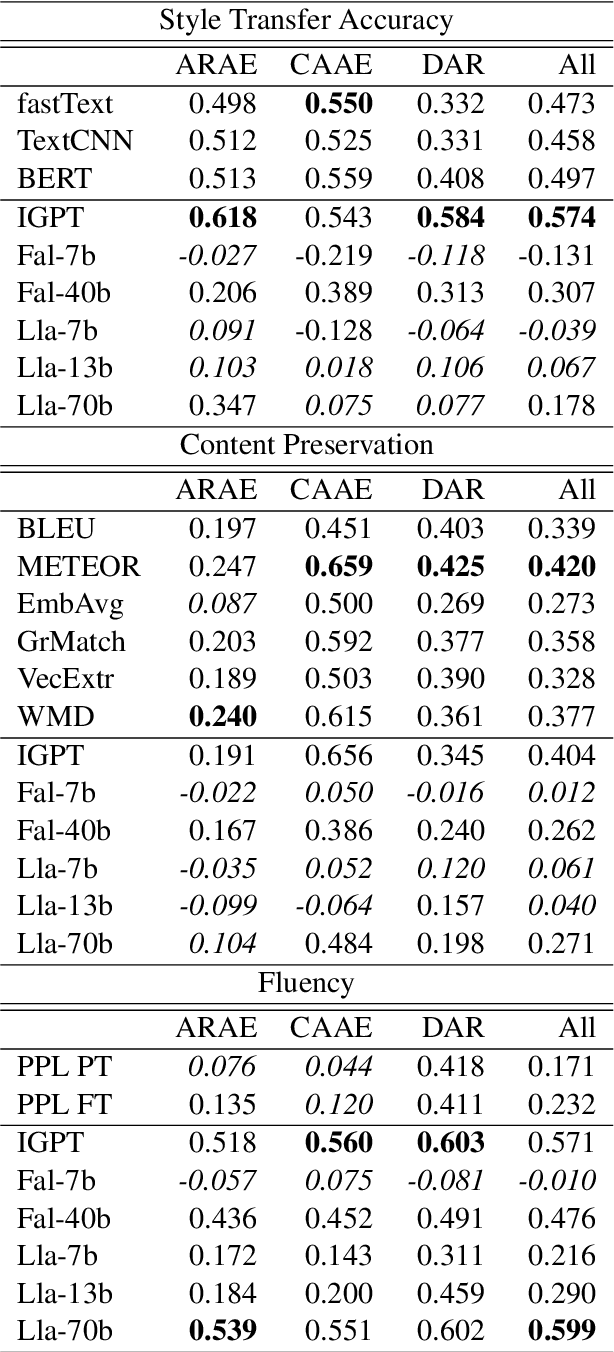
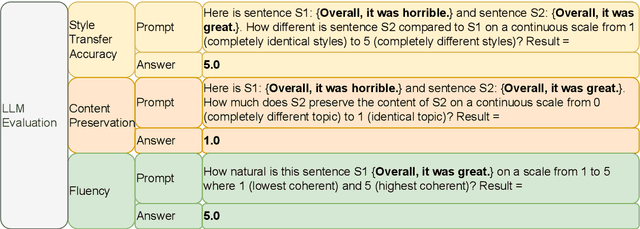
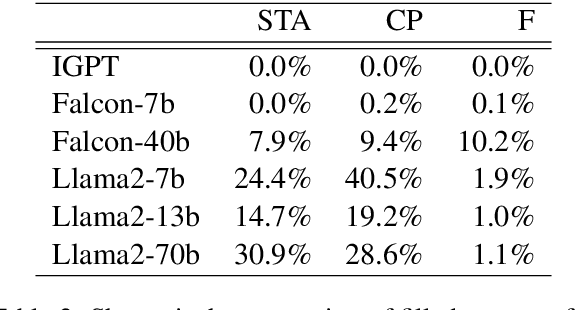
Abstract:Text Style Transfer (TST) is challenging to evaluate because the quality of the generated text manifests itself in multiple aspects, each of which is hard to measure individually: style transfer accuracy, content preservation, and overall fluency of the text. Human evaluation is the gold standard in TST evaluation; however, it is expensive, and the results are difficult to reproduce. Numerous automated metrics are employed to assess performance in these aspects, serving as substitutes for human evaluation. However, the correlation between many of these automated metrics and human evaluations remains unclear, raising doubts about their effectiveness as reliable benchmarks. Recent advancements in Large Language Models (LLMs) have demonstrated their ability to not only match but also surpass the average human performance across a wide range of unseen tasks. This suggests that LLMs have the potential to serve as a viable alternative to human evaluation and other automated metrics. We assess the performance of different LLMs on TST evaluation by employing multiple input prompts and comparing their results. Our findings indicate that (even zero-shot) prompting correlates strongly with human evaluation and often surpasses the performance of (other) automated metrics. Additionally, we propose the ensembling of prompts and show it increases the robustness of TST evaluation.This work contributes to the ongoing efforts in evaluating LLMs on diverse tasks, which includes a discussion of failure cases and limitations.
A Call for Standardization and Validation of Text Style Transfer Evaluation
Jun 01, 2023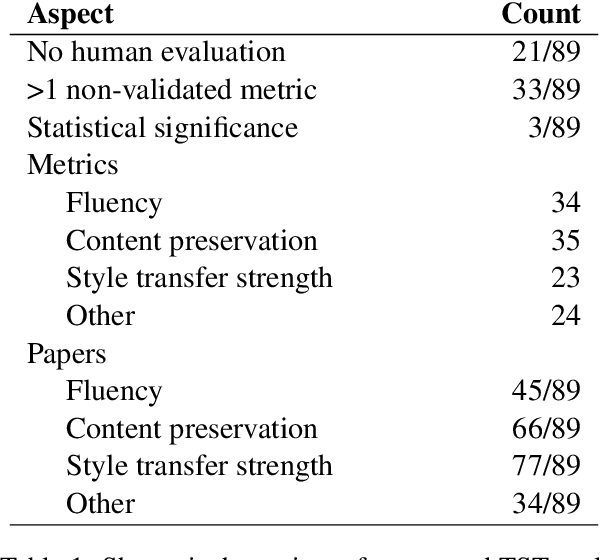
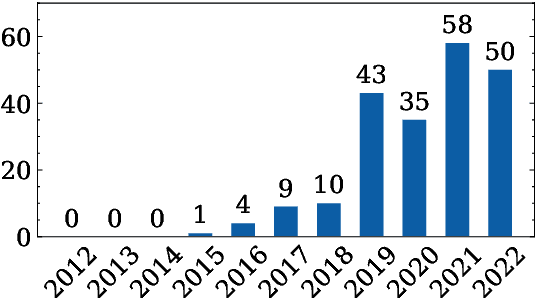
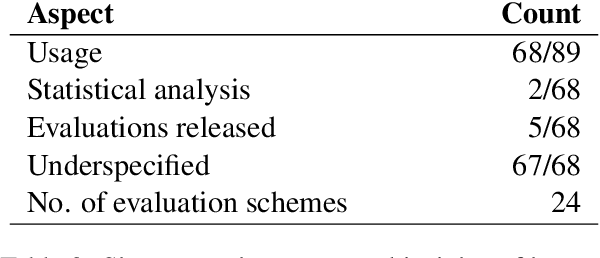
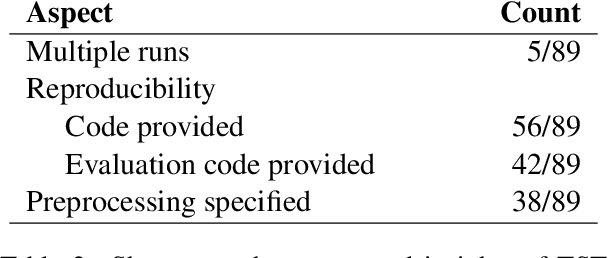
Abstract:Text Style Transfer (TST) evaluation is, in practice, inconsistent. Therefore, we conduct a meta-analysis on human and automated TST evaluation and experimentation that thoroughly examines existing literature in the field. The meta-analysis reveals a substantial standardization gap in human and automated evaluation. In addition, we also find a validation gap: only few automated metrics have been validated using human experiments. To this end, we thoroughly scrutinize both the standardization and validation gap and reveal the resulting pitfalls. This work also paves the way to close the standardization and validation gap in TST evaluation by calling out requirements to be met by future research.
 Add to Chrome
Add to Chrome Add to Firefox
Add to Firefox Add to Edge
Add to Edge